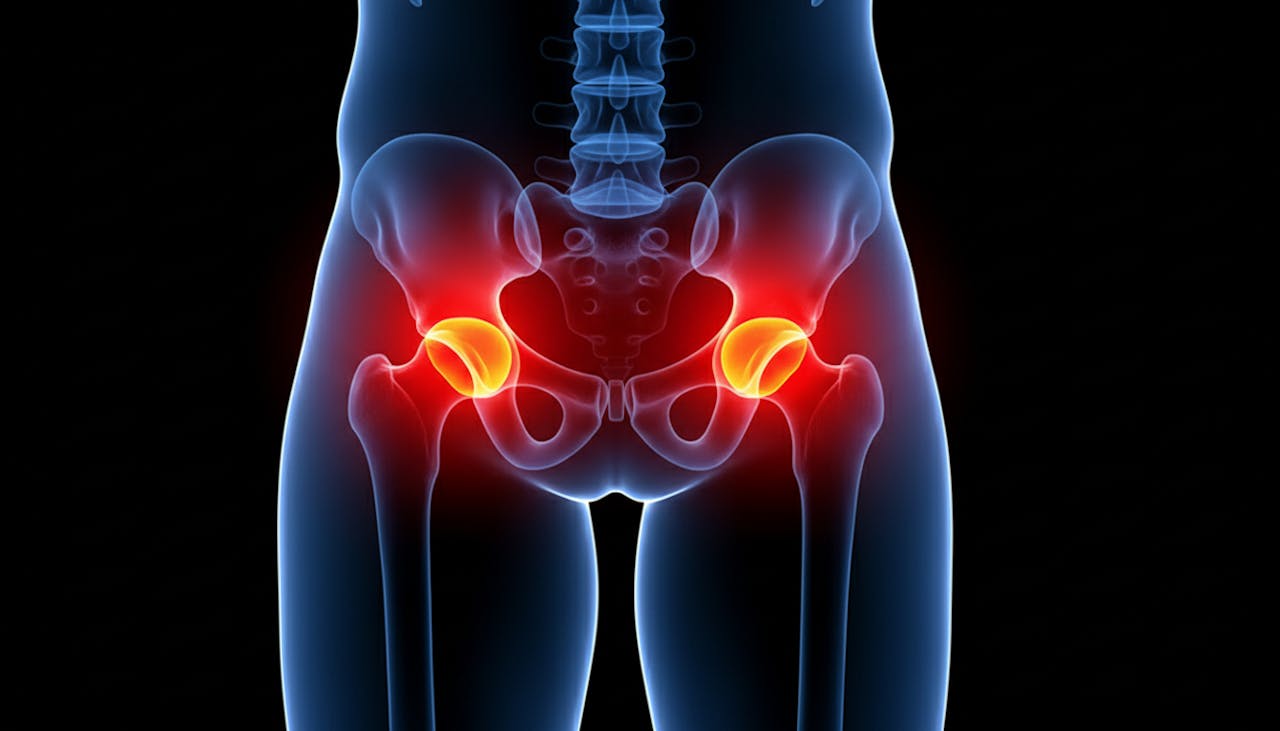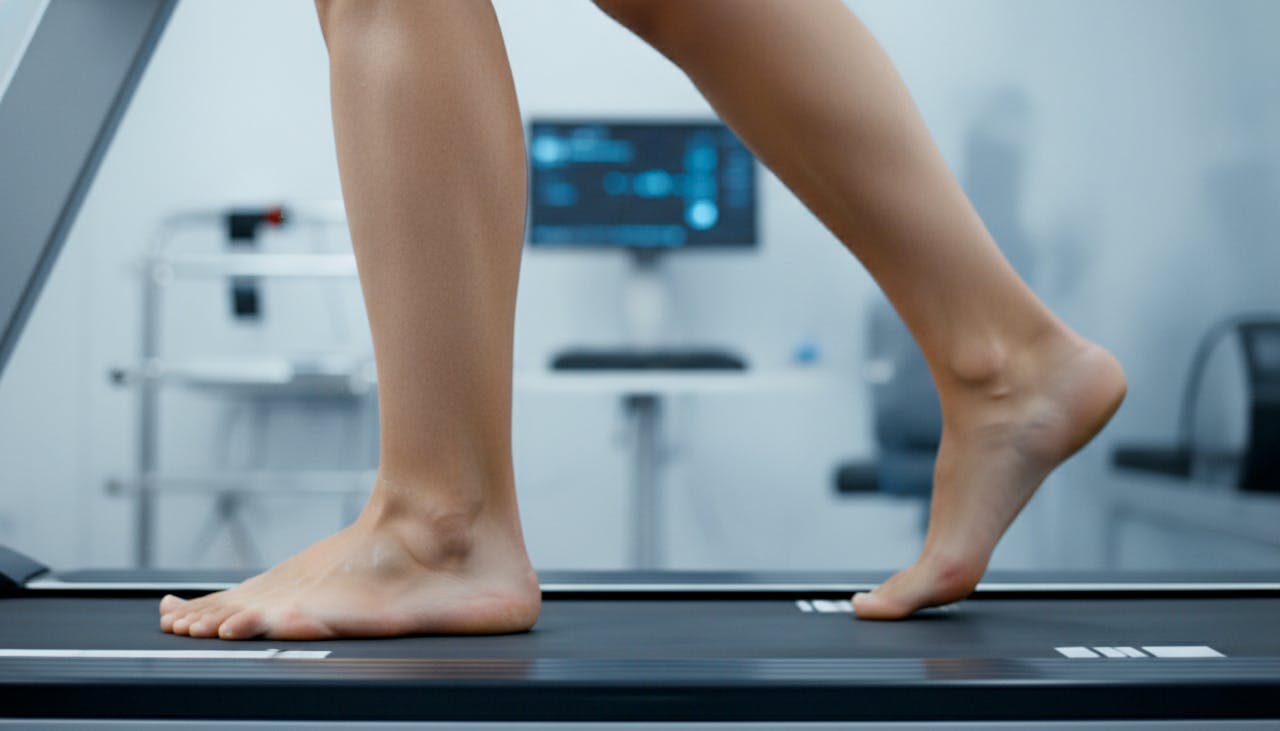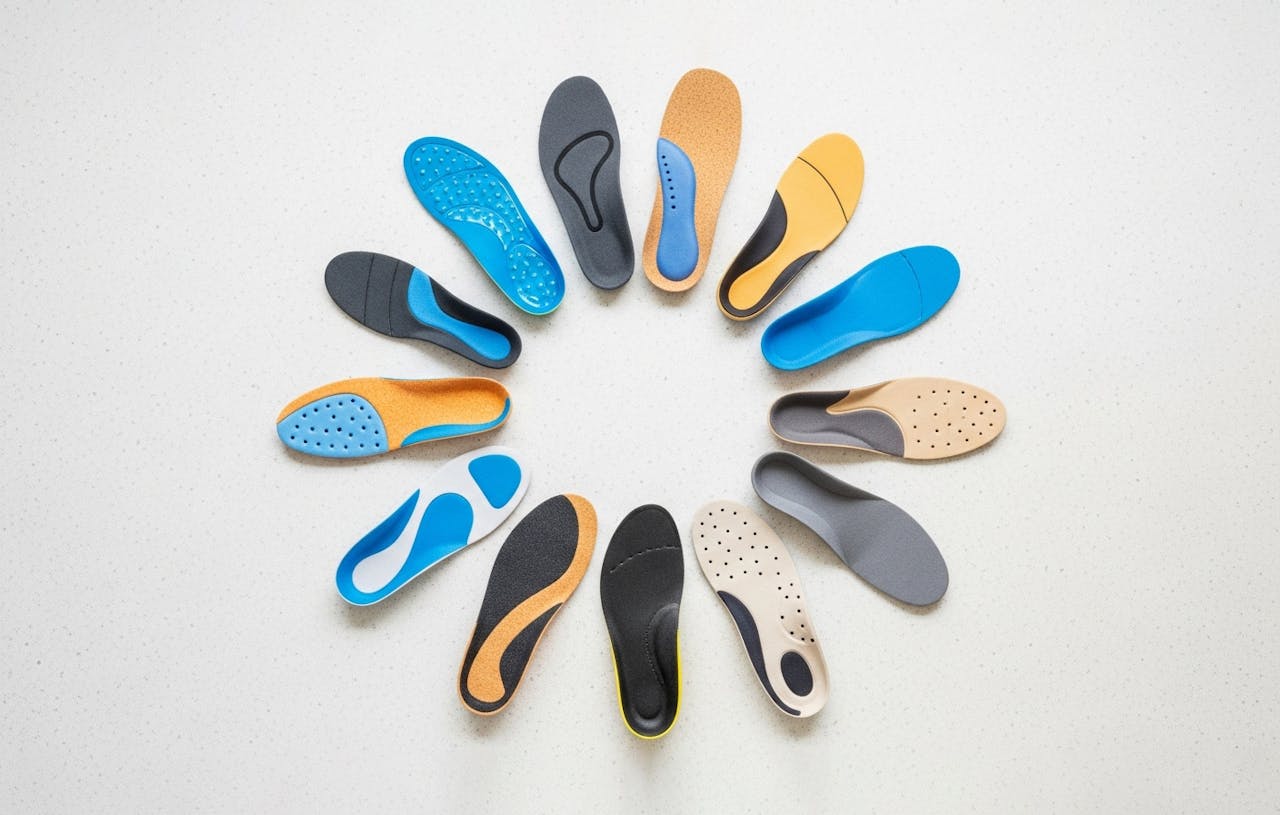
Hip Dysplasia
Hip Dysplasia is a condition where the hip socket is too shallow to fully cover and support the head of the thigh bone, leading to joint instability, pain, and accelerated wear.
Overview
What is it?
The hip is a ball-and-socket joint. In a healthy hip, the socket (acetabulum) is deep enough to hold the ball (femoral head) firmly in place. In hip dysplasia, the socket is shallow or angled incorrectly, meaning the ball is not fully covered. This places excessive pressure on the rim of the socket and can allow the ball to slide partially out of place, causing instability and damage over time.
How common is it?
It is relatively common and is often present from birth (Developmental Dysplasia of the Hip - DDH). While severe cases are usually detected in infancy, milder cases frequently go undiagnosed until adolescence or early adulthood when activity levels increase and symptoms begin to show. It is more common in women than men.

Symptoms & Causes
What are the symptoms?
In adults, the most common symptom is pain in the groin or on the side of the hip. You might also experience a sensation of the hip "catching," "popping," or feeling like it is going to give way during activity.
What does it feel like?
Early on, it may just feel like a mild ache after exercise. As it progresses, the pain can become sharp during walking or running and develop into a constant dull ache later in the day. Some patients develop a noticeable limp, especially when tired.
What causes it?
Most cases are developmental, meaning the joint did not form perfectly during childhood growth.
- Genetics: It often runs in families.
- Birth Factors: Being born in a breech position (feet first) increases the risk.
Some health conditions can include:
- Hip Labral Tear: Because the joint is unstable, the ring of cartilage (labrum) that tries to seal the socket often gets overworked and tears, causing sharp mechanical pain.
- Early-Onset Osteoarthritis: The shallow joint endures much higher pressure on smaller surface areas, wearing out the cartilage rapidly, often leading to arthritis in patients as young as their 20s or 30s.

How is it Diagnosed?
At Foot Factor, we look at how this hip instability affects your entire lower limb, and vice-versa.
What tests are used to diagnose it?
- Clinical Examination: We assess your hip's range of motion. Patients with dysplasia often have surprisingly flexible hips but experience pain at the extremes of movement.
- Gait Analysis: We observe for signs of instability, such as the pelvis dropping on one side when you walk (Trendelenburg gait), which indicates your muscles are struggling to stabilise the shallow joint.
- Imaging: Definitive diagnosis almost always requires an X-ray (or sometimes MRI) to measure the exact angles of the hip socket coverage. We will refer you for this if it has not already been done.
Foot Factor provides Expert Podiatry Treatment Tailored to You.
At Foot Factor, our podiatrists specialise in diagnosing and treating foot pain with precision and expertise. With advanced gait analysis, bespoke orthotics, and sports-focused podiatry care, we don’t just identify the problem—we provide a targeted solution to get you back to moving pain-free. Book a consultation today and take the first step toward lasting relief.

How is it Treated?
While severe cases may eventually require surgical correction by an orthopaedic specialist to deepen the socket, conservative management is the first line of defence to delay or prevent surgery. Podiatry plays a surprising but vital role here.
- Controlling Rotation with Orthotics: If your feet overpronate (roll in), it forces your entire leg to rotate inwards. In a dysplastic hip, this inward rotation can push the ball further out of its shallow socket, increasing pain and instability. Our custom orthotics can correct foot alignment to reduce this rotational force on the hip.
- Shock Absorption: A dysplastic hip handles impact poorly. We can provide footwear specifically chosen for maximum cushioning to dampen the forces traveling up to the hip joint with every step.
- Muscle Strengthening: We will often guide you towards specific strengthening of the gluteal (buttock) muscles. Strong muscles act as active stabilisers, helping to hold the ball in the socket when the bone structure cannot do the job effectively alone.
Our Bespoke Orthotics give you the Right Support for Long-Term Relief.
At Foot Factor, our podiatrists specialise in diagnosing and treating foot pain with precision and expertise. With advanced gait analysis, bespoke orthotics, and sports-focused podiatry care, we don’t just identify the problem—we provide a targeted solution to get you back to moving pain-free. Book a consultation today and take the first step toward lasting relief.
Related Articles
Find expert tips, advice, and insights to support your foot health and active lifestyle.


